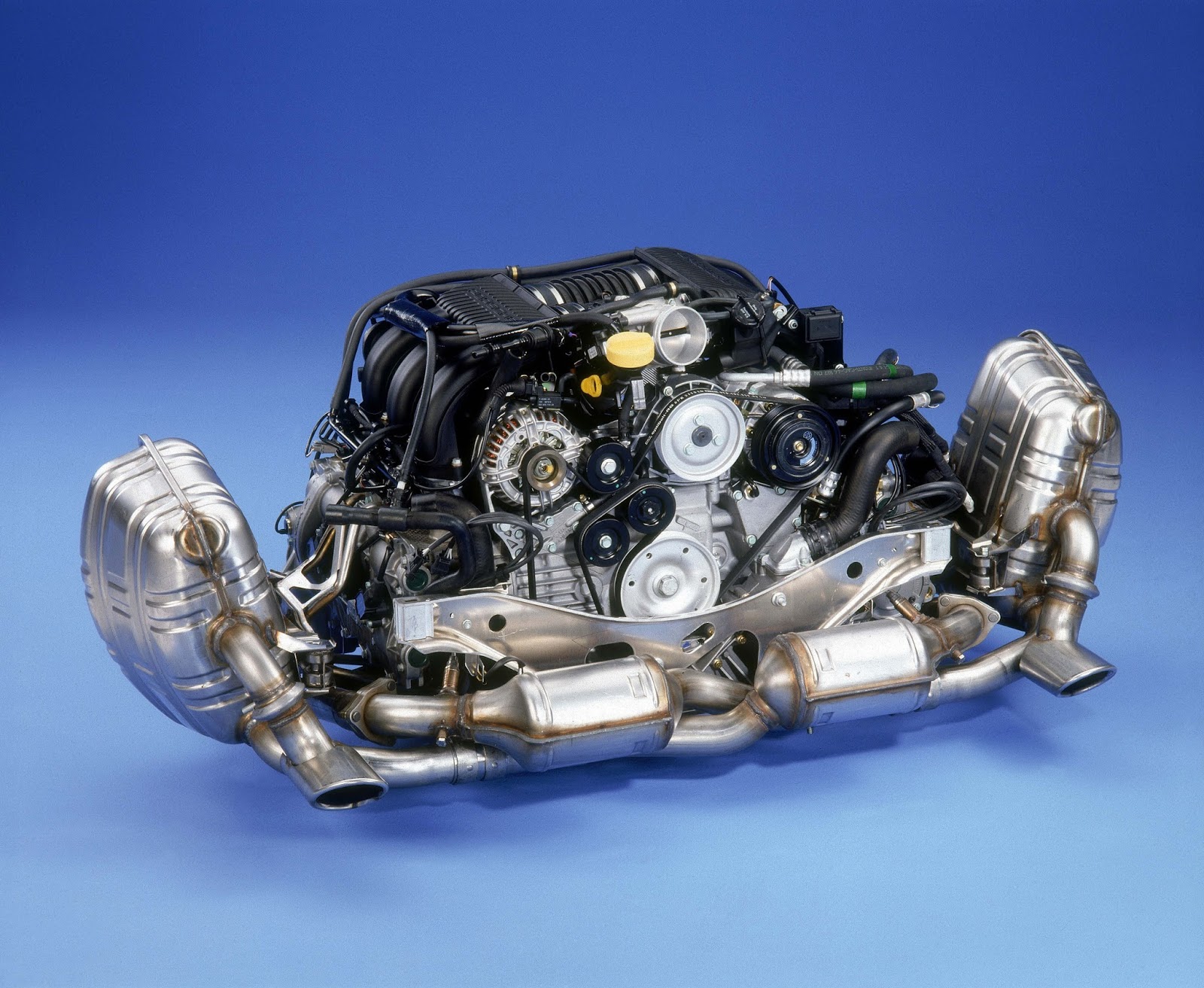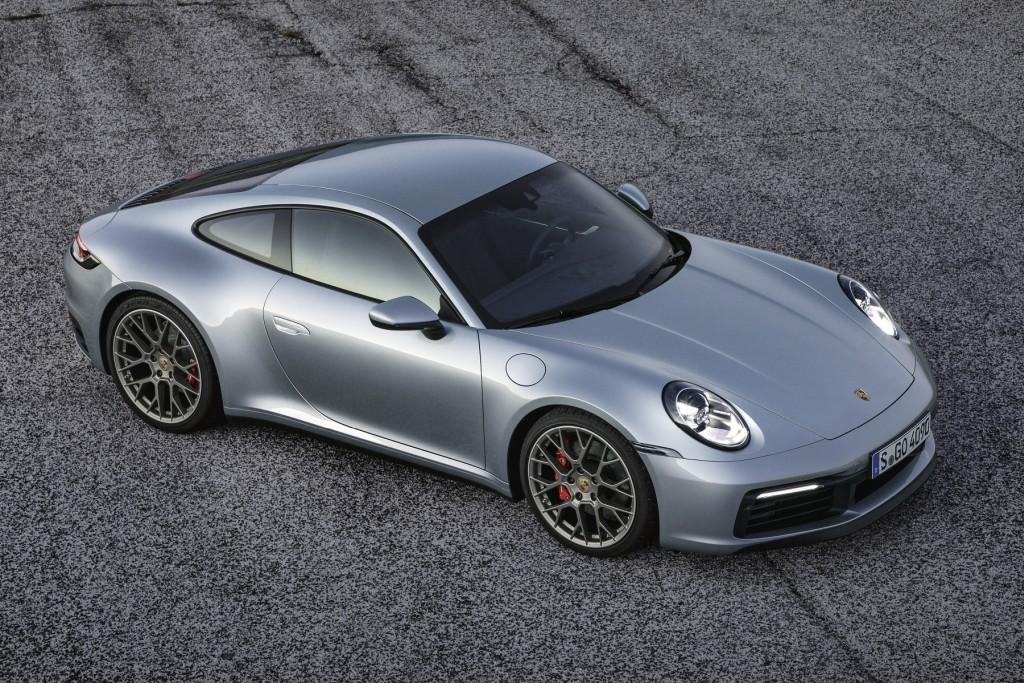Understanding The Weight Of The Porsche 911: Why It Matters
Share

The Porsche 911 is iconic, not just for its distinctive design and dynamic performance, but also for its engineering excellence. As a sports car enthusiast or a potential buyer, one of the essential specifications you might ponder is the weight of the Porsche 911. The weight of a car significantly affects its performance, handling, and overall driving experience. In this blog post, we will delve deep into the factors surrounding the weight of the Porsche 911, its variations across different models, and why it matters to the driving experience.
The Evolution of the Porsche 911
The Porsche 911’s legacy dates back to its introduction in 1964. Since then, it has evolved dramatically through various generations, each bringing enhancements in design and engineering. The impact of weight on performance has always been a critical aspect of the 911's development. Over the years, Porsche has continuously worked on materials, design, and technology to optimize the weight of the 911, ensuring it remains a premier sports car.
Weight Variations Across Generations

The weight of the Porsche 911 varies depending on the model and year. The latest generation, known as the 992, shows some weight increases over previous models. For instance, the 991 generation (2012-2019) had a curb weight ranging from 3,061 to 3,229 pounds, depending on the specific variant. In contrast, the 992 generation has a curb weight starting around 3,300 pounds for the Carrera models, but it is still incredibly balanced and agile for a sports car.
Several factors contribute to the slightly increased weight in the newer models:
- Safety Standards: Modern cars, including the 911, are built to meet rigorous crash-test standards, requiring additional structural reinforcements.
- Technology Integration: The addition of advanced tech features, such as extensive infotainment systems and adaptive suspension systems, adds weight.
- Luxury Features: The 911 is often equipped with numerous comfort and luxury features that can contribute to a higher overall weight.
The Importance of Weight Distribution
When discussing the weight of the Porsche 911, it’s crucial to consider weight distribution. The classic 911 had a rear-engine layout, which significantly influences how the car handles. A well-balanced sports car provides better control, cornering, and overall driving dynamics.
Porsche engineers have meticulously designed the weight distribution in the 911 to maintain its reputation for handling excellence. The ideal front-to-rear weight ratio in a 911 contributes to stability, particularly during high-speed cornering. Generally, the weight distribution for a 911 is approximately 40% in the front and 60% in the rear, providing a fun and engaging driving experience.
Lightweight Materials

Porsche's commitment to reducing weight without compromising safety and performance is evident through their use of lightweight materials. For instance:
- Aluminum and Steel Combinations: The frame and bodywork of newer 911 models utilize a combination of aluminum and high-strength steel, providing sturdiness while minimizing weight.
- Carbon Fiber Reinforcements: Some models, especially the higher-end variants, incorporate carbon fiber components which further reduce weight, enhancing performance.
- Magnesium Components: Innovations in magnesium use for wheels and other components also help shave off precious pounds.
These efforts ensure the weight of the Porsche 911 is optimized for thrill-seeking and performance driving, attributes that have always been key to the model's identity.
Performance and Weight
The weight of a vehicle has a direct correlation with its performance characteristics. The lighter the vehicle, generally, the better the acceleration, braking, and handling. In the case of the 911, which competes in the high-performance sports car market, every pound matters.
Performance metrics such as 0-60 mph times clearly demonstrate this relationship. Stripping unnecessary weight while maintaining structural integrity can often lead to a more dynamic and exhilarating driving experience. Moreover, efficient weight management contributes to improved fuel efficiency, which has become increasingly important in today’s automotive world.
The Role of Technology in Weight Management

In recent years, Porsche has leveraged advanced technology to manage the weight of the 911 better. From sophisticated engineering software to innovative design approaches, the manufacturing process incorporates lightweight components while still providing the robust performance synonymous with the 911 name.
Dynamic systems that adjust to the driver’s preferences and road conditions have also been put in place. These features ensure that the 911 adheres to the performance expectations while balancing the dynamics of weight and agility.
What Future Holds for the 911's Weight
The future of the Porsche 911 promises continued advancements in performance and technology. With the automotive industry’s shift toward electric and hybrid powertrains, the weight of the 911 will be a critical area to watch. While electric batteries tend to add weight, manufacturers are researching ways to integrate lightweight construction methods with performance advantages.
In summary, the weight of the Porsche 911 is a vital part of its identity and performance. Understanding how it varies across generations, the importance of weight distribution, the use of lightweight materials, and the impact of technology helps enthusiasts appreciate what makes the 911 a top choice among sports car lovers.
Conclusion
The Porsche 911 remains a masterpiece of engineering where every detail, including its weight, is carefully calculated to deliver an unparalleled driving experience. As enthusiasts, staying informed about the specs and specifications of the Porsche 911 can elevate our appreciation of this automotive legend. Whether you're contemplating purchasing one or simply enjoying the unmatched thrill they offer, understanding the weight of the Porsche 911 is essential to grasping this car’s extraordinary pedigree.
